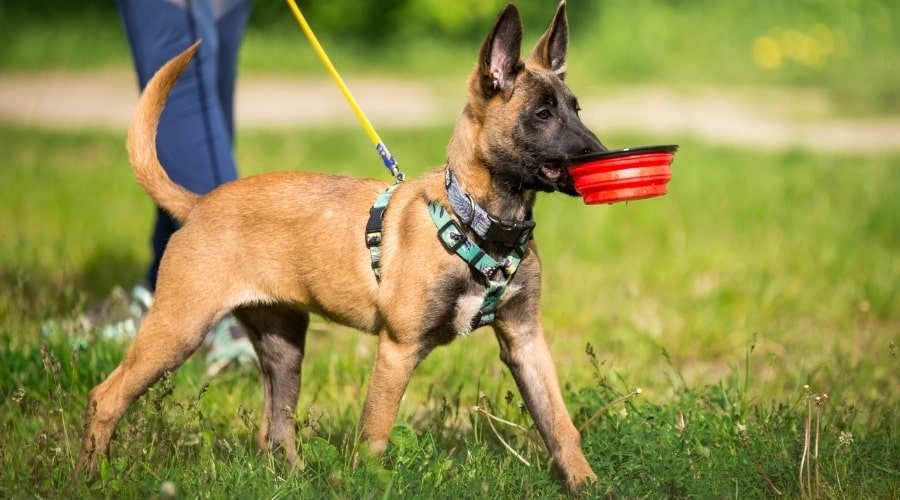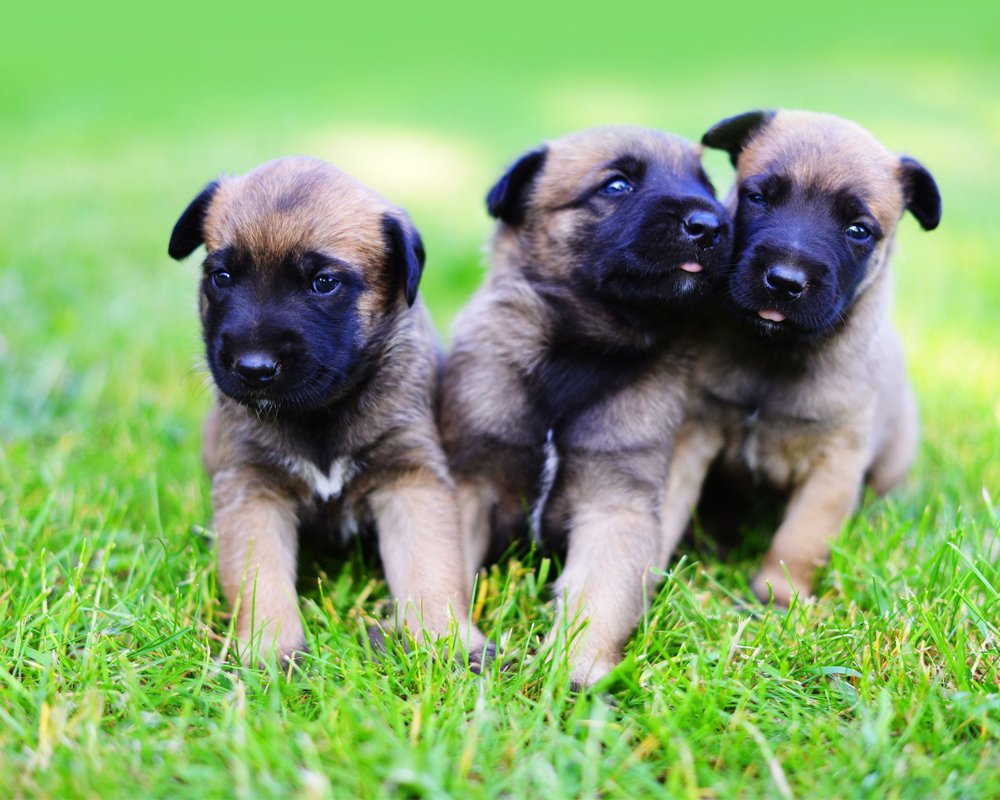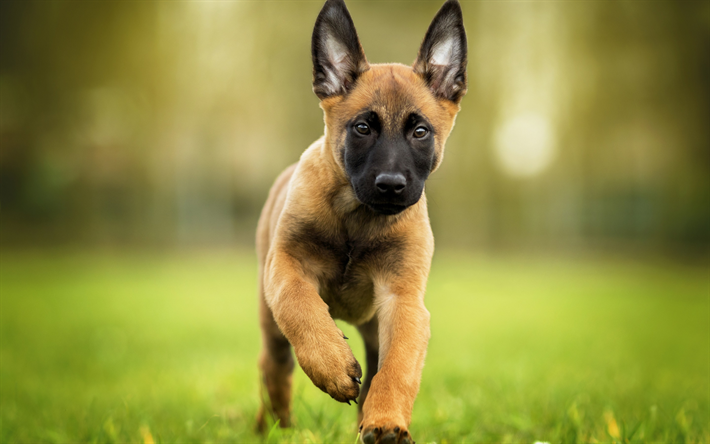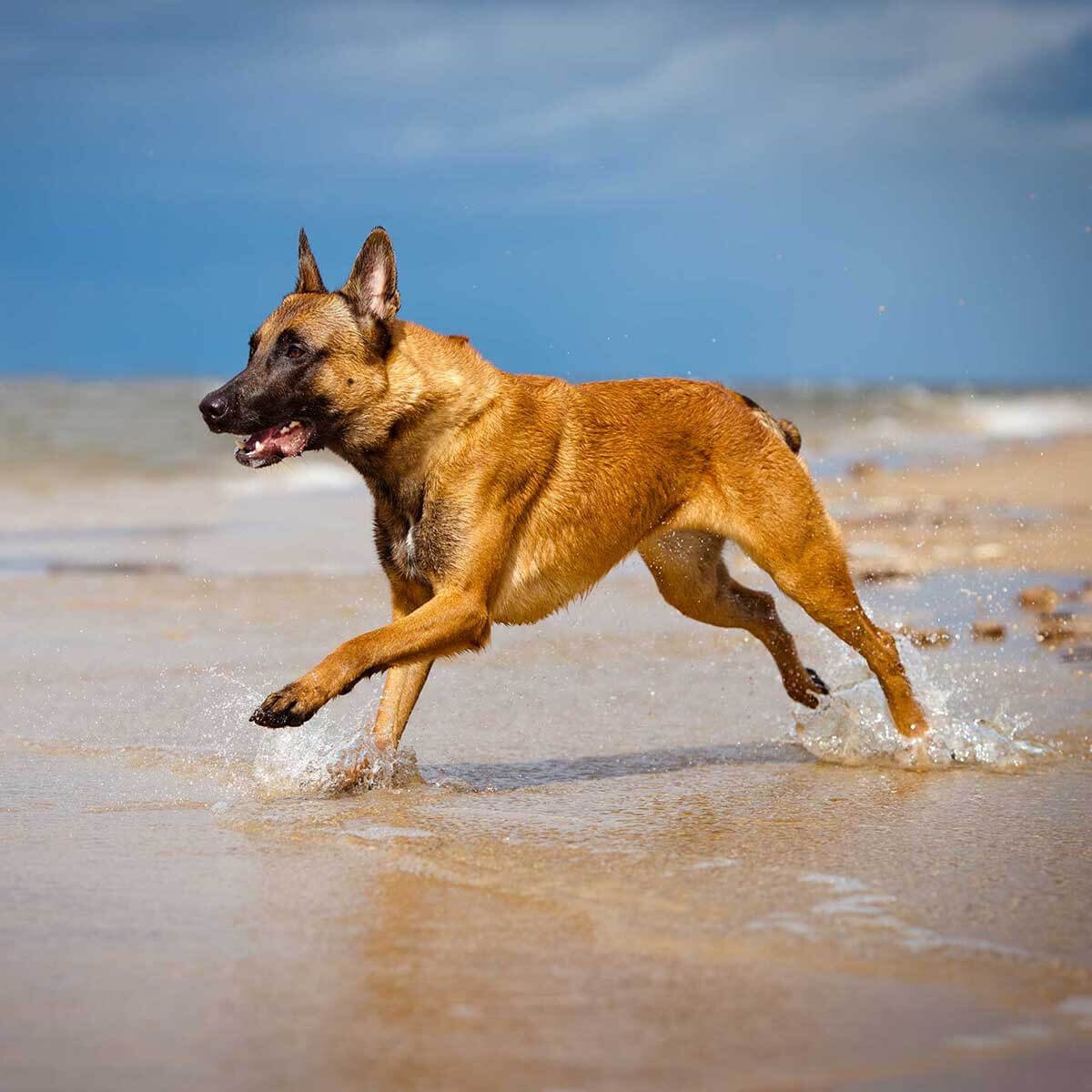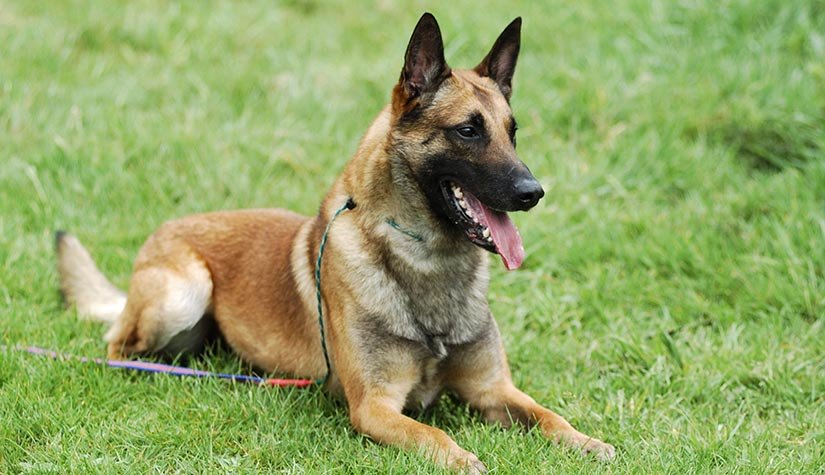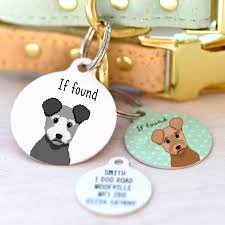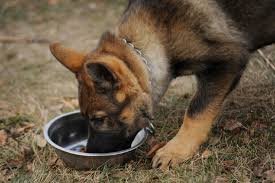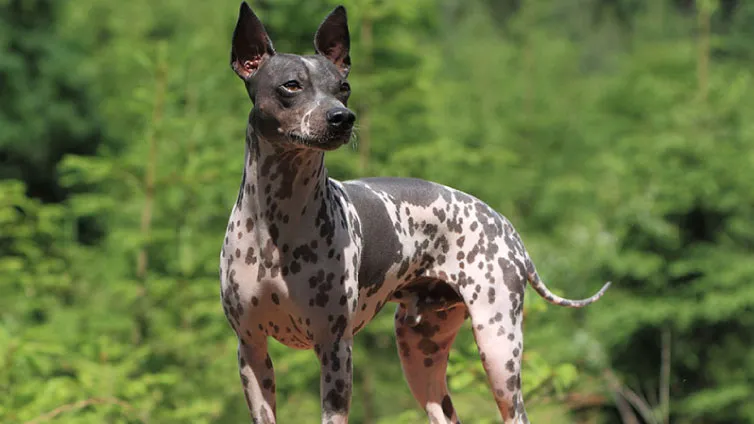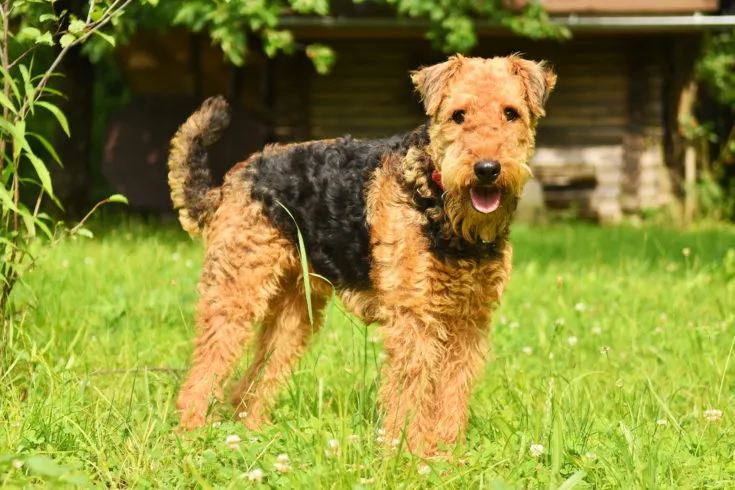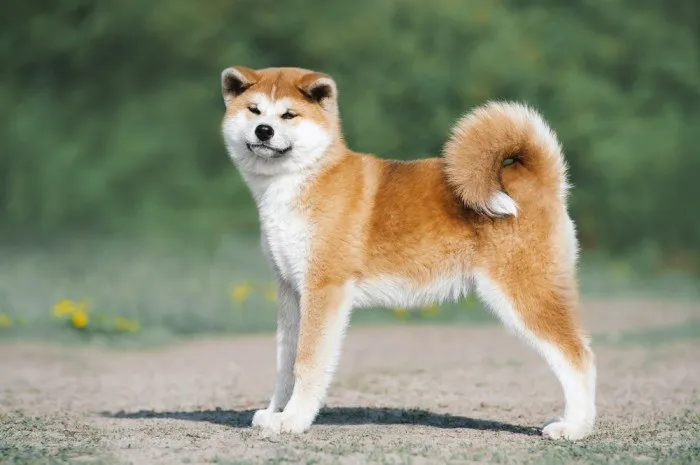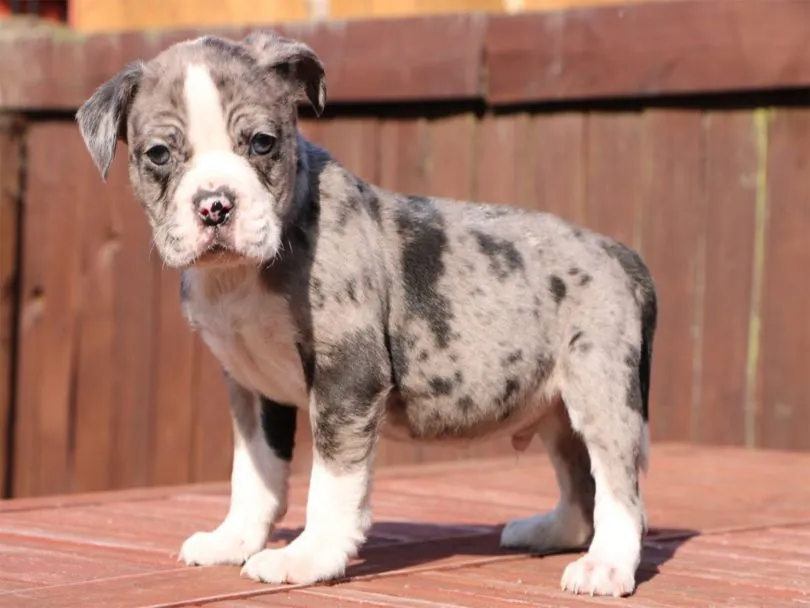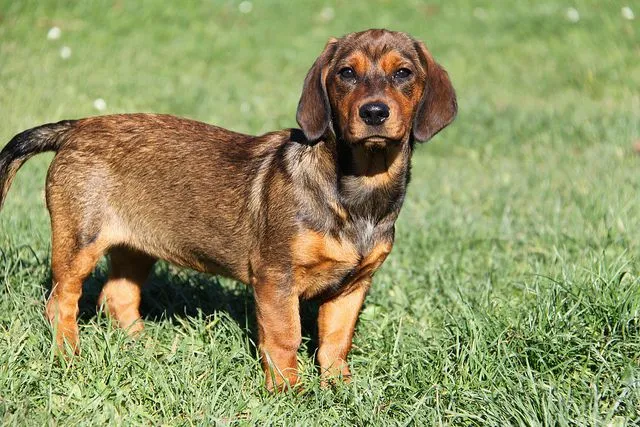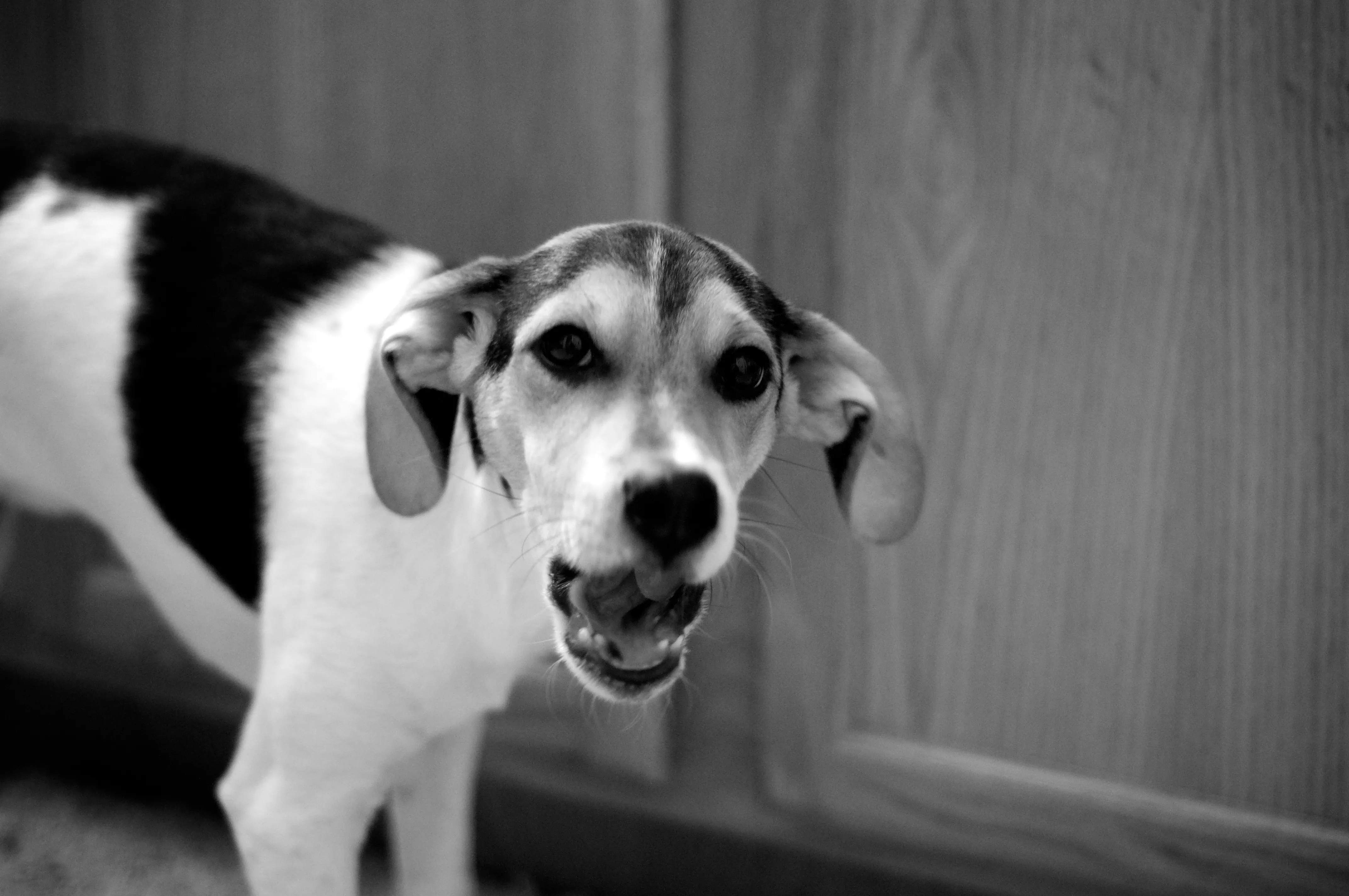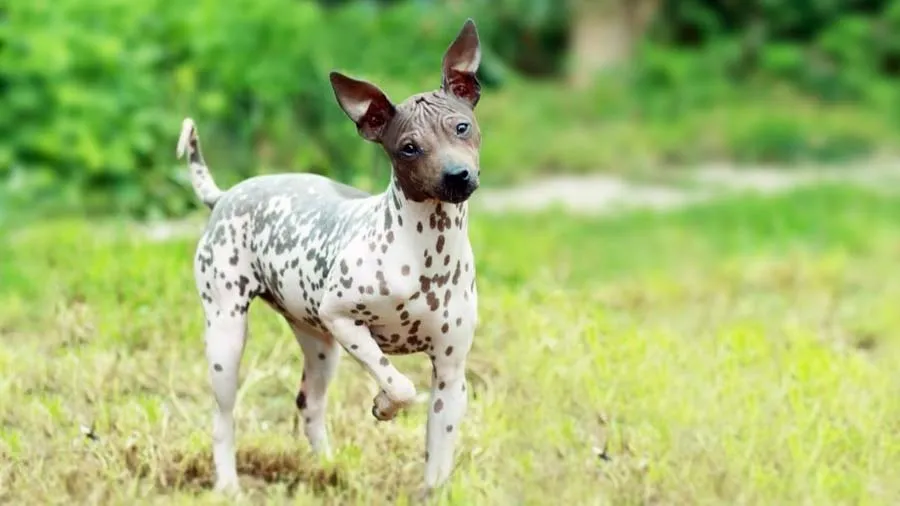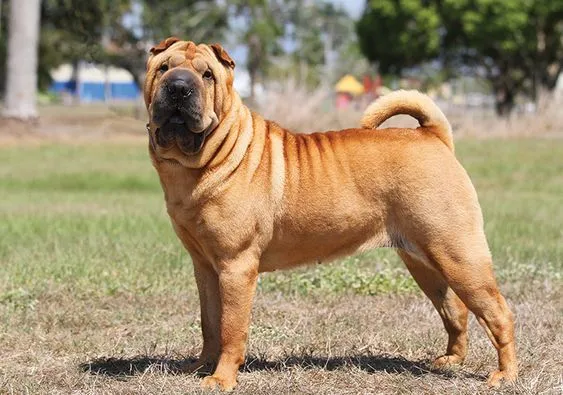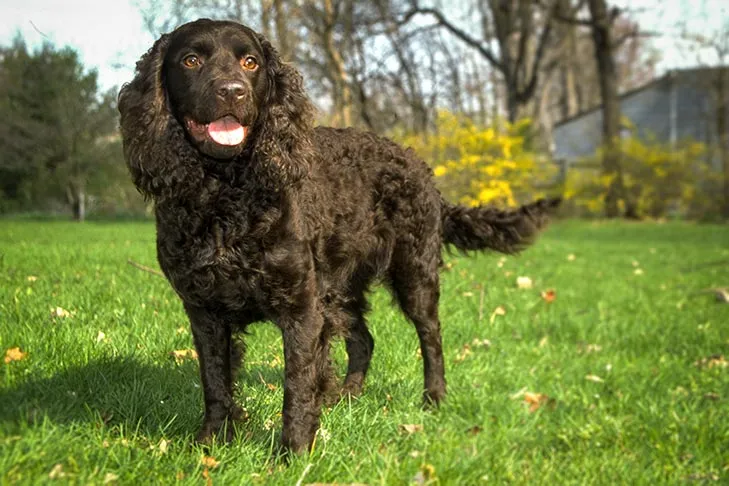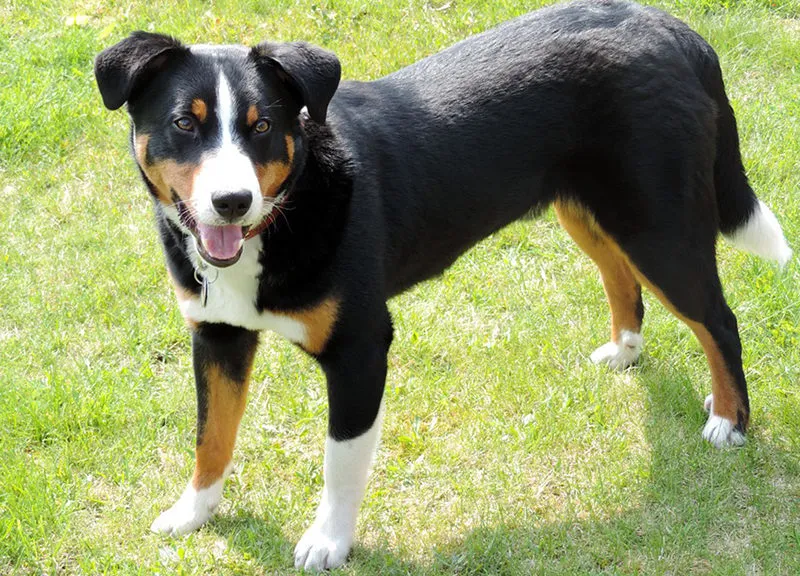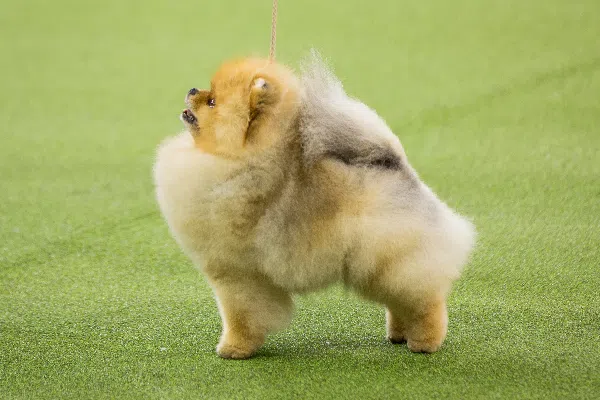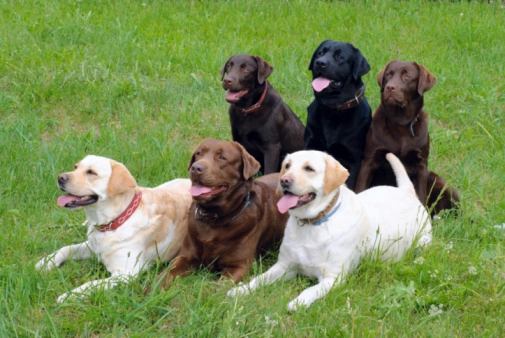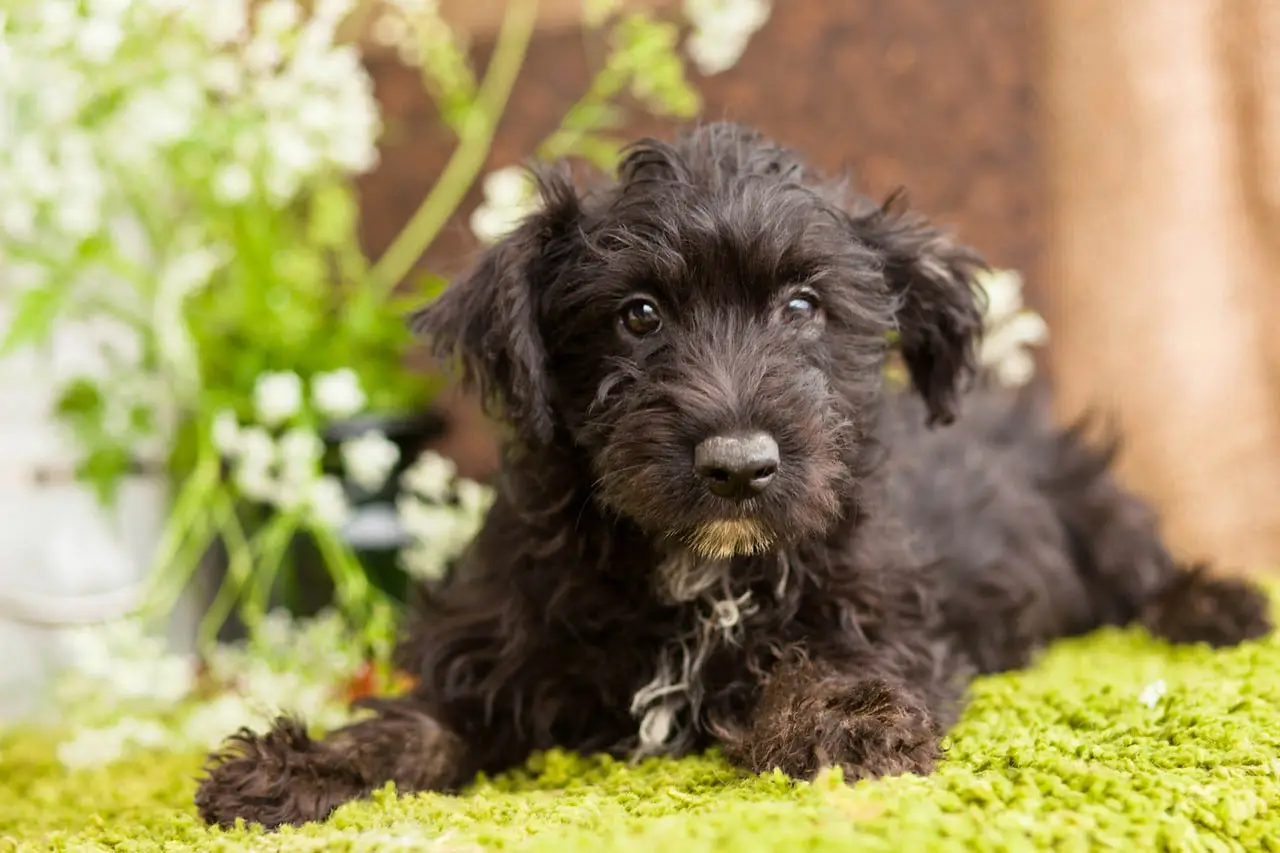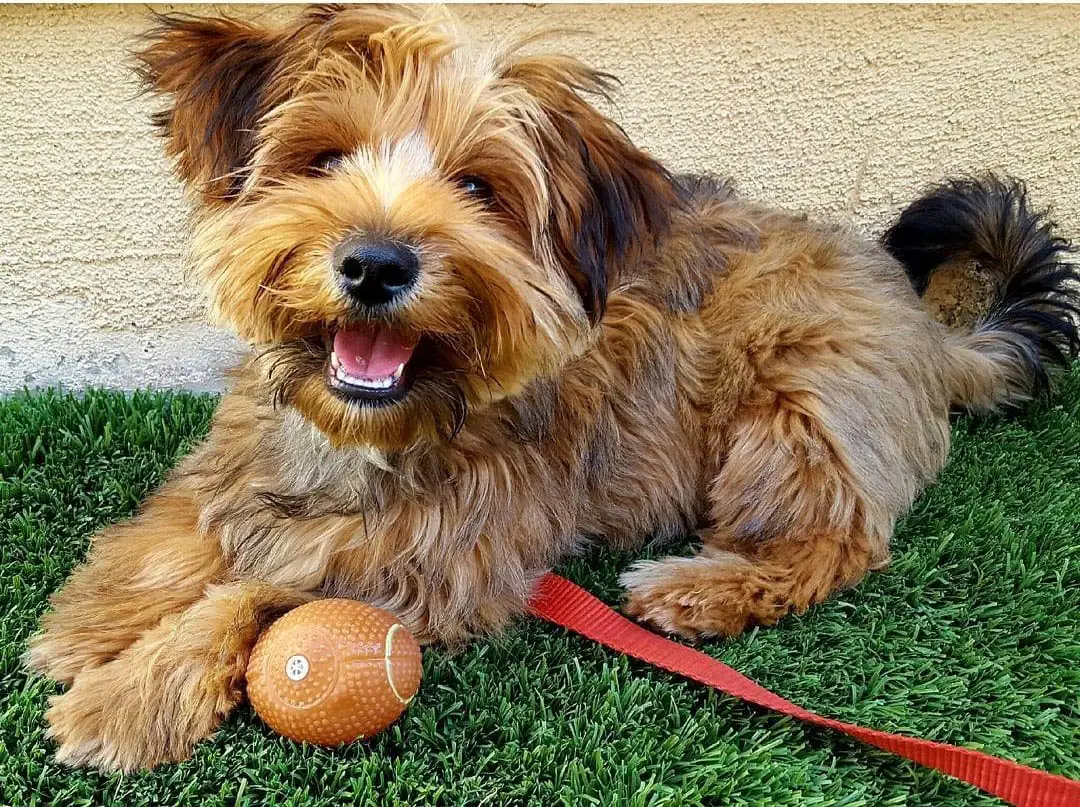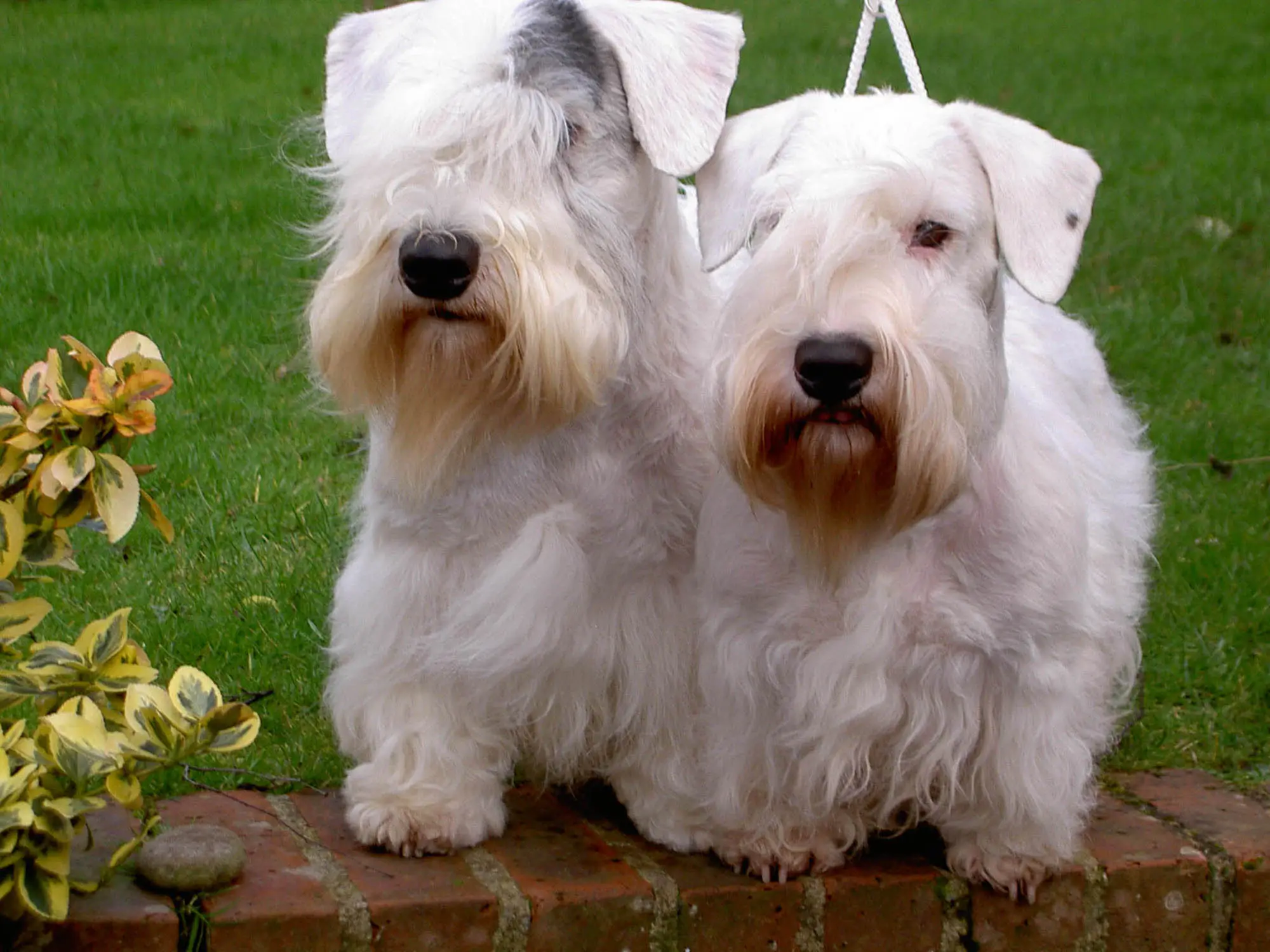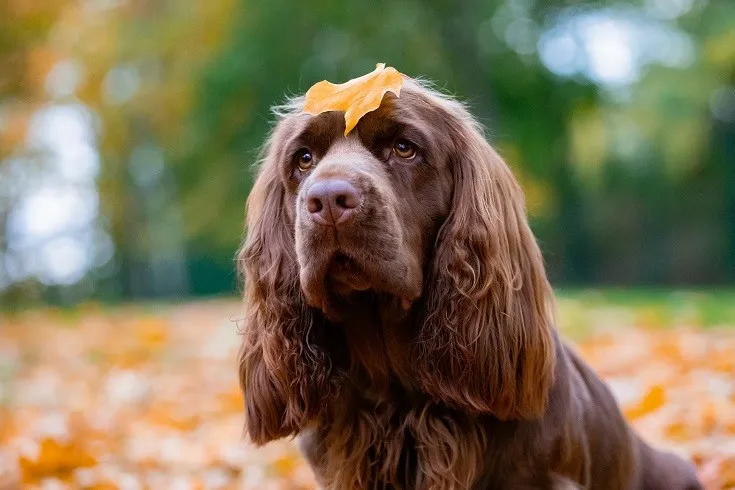History
Belgian Malinois was first bred in the northwestern part of Belgium, Malines city. It was grouped with Laekenois, Tervuren, Belgian Shepherd collectively as a single breed called Belgian Sheepdog.
Malinois was acknowledged as an excellent livestock rancher in its land, and it was first bred by the breeders who were concerned to produce working dogs. Mals were first brought in America in 1911, and they thrived until the eruption of World War II which entirely stopped the import of breeding stock. Postwar years saw a decline of this generation, but it again reappeared in the 1960s when its admirers started importing.
This breed is known for herding all types of stock, but due to its hard working ability and its working drive, it has unfolded other responsibilities. They are used in military and police works.
The Belgian Sheepdog Club of America (included Groenendael, Tervuren and Malinois referred as a single breed) was created. In the 1950s it got recognition by the AKC (American Kennel Club). Belgians divided the three kinds in 1959, and since then Malinois is registered as an individual breed.
Temperament & Personality
Malinois is known for its working ability, they are also protective of its family and property. Being lovable towards their family members they stay unfriendly towards strangers. They have an excellent ability to guard livestock or property. But if someone wants to keep this breed as a pet, superior training is essential at early stages as its behavior entirely depends upon socialization and training.
Exposing them to different situations and with different people at a younger age can help them to familiarize with a new life apart from herding. Mals have a prey drive and generally run after small animals, moving objects, etc but familiarizing them with other small pets can help minimize this action. To make them playful homely dogs, enrolling them in a kindergarten class are ideal. Additionally, taking them to busy streets, Dog’s park or to invite friends or neighbors with dogs will polish its skills.
Exercise
Malinois are muscular and athletic with abundant energy. Long walks do not satisfy their activity requirement, and the owner should engage them in a variety of hard work. Releasing their excess energy by walking or jogging simultaneously while the owner is biking is the best option. Long playing hours, hiking, running are some of the activities they like.
To provide them with mental exercise, owners can play certain games like flyball, Frisbee, hide and seek, the ball rolling, etc. They excel in herding, tracking, obedience, and agility. Apart from physical exercise, it requires mental exercise too and puzzles games or training can help them to stay mentally active. Without adequate activity, they can develop destructive behaviors.
Grooming
Their waterproof and short coat does not require high grooming standards. Brushing them occasionally with a bristle brush will keep its coat healthy. However, hound glove and rubber grooming tool use boosts hair growth and distributes skin oils throughout its coat. Also, it makes Mals look best. They shed two times a year, and brushing them once with a slicker brush is essential to remove loose furs.
Like other breeds, they also grow nails faster which can get crackled if not appropriately trimmed and hinder regular activities like walking, running, etc. They can get ear infections due to water, dirt buildup and needs regular checking to prevent infections and pain. Clean their ears with Vet prescribed ear solution. They do not drool or have tear stains, but cleaning their corner of the eyes with a damp cloth will keep it clean. Brush their teeth twice a week to prevent tartar development and oral problems.
Health Problems
It is a healthy breed but sometimes seen suffering from few diseases.
- Hip and Elbow Dysplasia
- Eye Problems
- Ear Problems
- Progressive Retinal Atrophy (PRA)
- Anesthesia Sensitivity
Occasional tests like Elbow and hip evaluation, blood tests, eye checkups, ophthalmologist evaluation and random veterinarian checkups can keep the pet healthy.
Training
Firm and consistent trainer is essential to train this dog. Positive training sessions with lots of treats and praises will allow learning quickly. Courses in a variety of forms will be comfortable for them to remember and also avoid boredom.
To reduce their prey drive or to keep hold when they try to run, leash training is essential. Starting it from early days will allow the pet to familiarize. Socialization from an early age will make it a mannered dog and minimize its herding instincts.
Feeding
To suffice their energy level, owners can offer them high-quality dry dog food or homemade food full of proteins and minerals but only after vet’s approval. Some tend to gain weight and owners should check their calorie intake and weight. Treats acts like magic while training, but too much can make them overweight. Divide the meals into two halves for better digestion. However, visit a Vet if the dog gets overweight.
.png)




